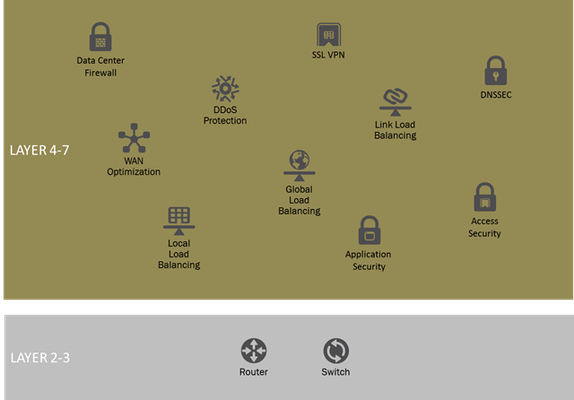The SDN Chicken and the Standardization Egg
#SDN Which came first? Pundits, owing to SDN still being very young and not widely adopted, continue to put forth treatise upon treatise as to why organizations should be falling over themselves ...

Published Feb 24, 2014
Version 1.0Lori_MacVittie Employee
Employee
 Employee
EmployeeJoined October 17, 2006
Lori_MacVittie Employee
Employee
 Employee
EmployeeJoined October 17, 2006
rjhintz_145665 Nimbostratus
Nimbostratus
Feb 26, 2014 Nimbostratus
Nimbostratus“The argument goes that if you take all those services and deploy them as services on a (common) network operating system, you'll reduce complexity and all the associated management (operational) overhead.”
I’ve been following the SDN discussions, but I haven’t seen much about converging on a common network operating system for network devices. Do you happen to have any references handy?
What I have seen, for example, from Scott Shenker in the YouTube video Software-Defined Networking at the Crossroads, http://youtu.be/WabdXYzCAOU, is an objective to reduce the monolithic nature of network devices by separating the control and data planes and exposing today’s closed interfaces to allow programmatic control.
So, yes, complexity will be reduced since it’s easier to deal with more modular components than a monolithic blog and operational overhead will be reduced with the ability to address many network devices programmatically from a central brain.
The central brain could use orchestration tools widely used in the DevOps world (Chef, Puppet) to allow the same efficiencies people use to manage 1000s of VM instances to manage multiple network devices, instead of banging away on individual devices with the vendor’s CLI interface.
But, as I understand it, there’s no dependency on a common network operating system. If the control planes of SDN controllers exposed appropriate interfaces, they could federate and communicate. In the same way a site can operate with multiple Linux and Windows distros or multiple flavors of hypervisor, multiple network OSes could also be in the mix. Obviously, fewer would reduce complexity.
“Standardization - or more apropos - the consolidation of application (that's layer 4-7) network services onto a common platform is what brings that benefit.“
Would the consolidation of L4-7 services on a common platform really be the usual implementation? I’m not clear how this would look in a typical deployment. Where would the common platform be deployed? At the edge? Somewhere else? Is the common platform resident in an actual physical device, VM, combo?
Perhaps the appropriate implementation would be individual L4-7 services being deployed as hypervisor processes, close to the VM running the application, so that the L4-7 service required by the app wouldn’t have to be in some distant appliance, as today.
Standardization is likely to trail vendor implementations, if history is repeated, unless standardization means minimally interoperable. I’m not clear that there’s a requirement for a common platform.
Help guide the future of your DevCentral Community!
What tools do you use to collaborate? (1min - anonymous)